The internal condom (female condom)
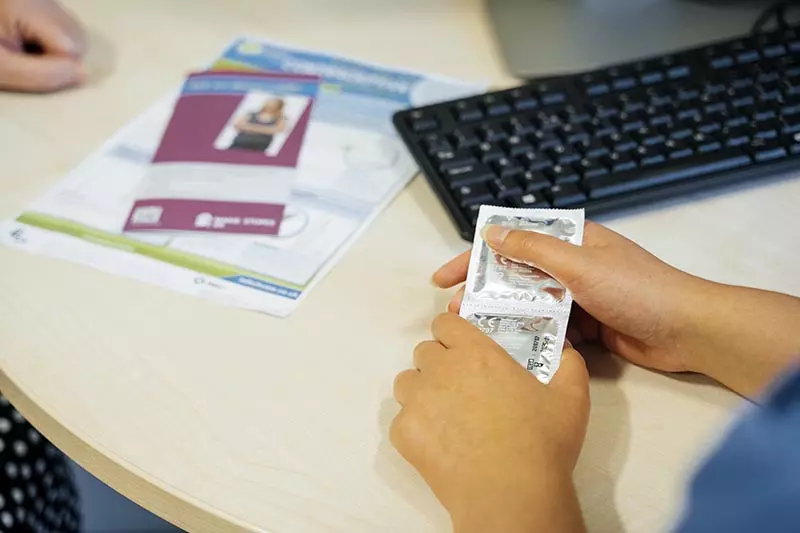
The internal condom (female condom)
The internal condom (also known as the female condom) is a thin plastic and loose-fitting sheath that is placed into and around the entrance of the vagina. Condoms are the only contraceptive method which protect against sexually transmitted infections (STIs).
The condom works by acting as a barrier to stop sperm from travelling through the vagina to the uterus (womb) during sex, and preventing the sperm and egg from meeting. It only needs to be used when having sex.
The internal condom
Would you like to find out everything you need to know about the internal condom? We’ve created this short explainer video, filled with information about the internal condom including:
– What it is
– How to use it
– How effective it is in protecting against pregnancy
– Advantages
– Disadvantages
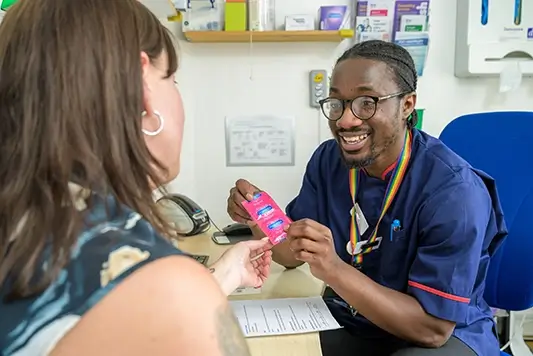
Effectiveness of the internal condom
The internal condom works reasonably well at preventing pregnancy but its ability to stop a pregnancy largely depends it being used properly every time a couple has sex. This means it must be worn from the start to the finish of the sex act and a new one must be used for every sex act.
Perfect use: 95% effective. About 5 in 100 people who use an internal condom will get pregnant in a year.
Typical use: around 79% effective. Around 21 in 100 people will get pregnant in a year.
Never use any oil-based lubricant with a condom as it will make it more likely to break during sex (silicone or water-based lube is fine).
How do I use an internal condom?
Check that the condom has not gone past its expiry date or been damaged.
- There are several types of internal condoms available in the market. Generally they come with an inner and outer ring.
- The inner ring is squeezed together and inserted into the vagina while in a squatting or lying position with your legs spread.
- The longest finger should then be used to push the ring as far into the vagina as possible. Some of the condom will hang out and be visible outside of the vagina.
- Before sex, hold the edges of the condom against the outside of your vagina when the penis enters to make sure the condom does not get pushed inside during the sex act.
- Also, make sure that the penis is inside the condom and not between the condom and the vaginal wall.
- After sex, pull the condom out carefully to avoid anything spilling out. Tie the end of the condom and dispose of it in a rubbish bin, not in a toilet (as it may cause blockage).
The only contraceptive method that protects against STIs
Condoms (internal and external) are the only contraceptive method which protect against sexually transmitted infections. To ensure protection from both pregnancy and infection, we recommend “dual protection”. This means using a condom in addition to the contraceptive method of your choice to prevent pregnancy.
Advantages and disadvantages of the internal condom
In the UK, you can get condoms for free from sexual health clinics, some GP surgeries and some young people’s services.
You can buy condoms from pharmacies, supermarkets, some websites, vending machines in some public toilets and some petrol stations.
At MSI UK, we primarily offer contraception services as part of your abortion care. We also offer contraception services in some parts of England for people who have not accessed our abortion services. From these clinics, people can access LARC (Long-Acting Reversible Contraception, such as the coils, the implant and the injection) with us without having had an abortion.
Follow the link to find out more: MSI UK Contraception Clinics
Learn more about contraception
Visit the pages below to learn more about different methods of contraception (short-acting and long-acting), and to find a useful comparison tool to help you find a contraceptive method that is right for you.
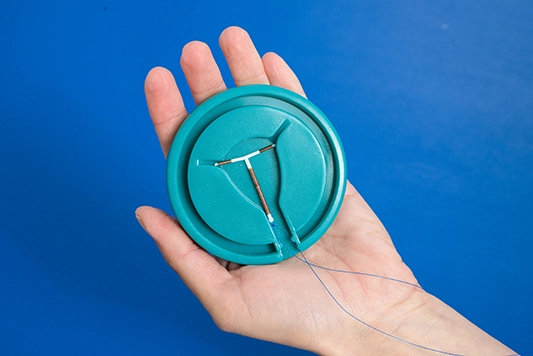
Which method is right for me?
Find a contraception comparison tool that can help you find the right method for you.
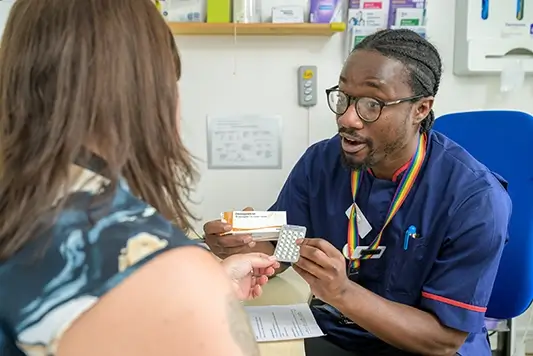
Short-acting contraception
Short-acting methods include the contraceptive pill, patch and ring.
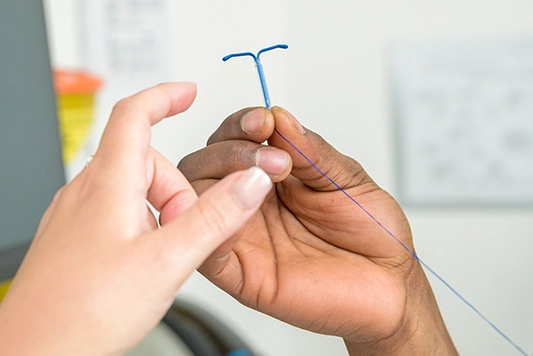
Long-acting contraception
Long-acting contraceptive methods include the coils, the injection and the implant.








































